The steady baritone behind Supertramp’s biggest hits is silent. Rick Davies, the band’s co‑founder, singer, pianist, and musical anchor, has died at 81 after a long battle with multiple myeloma, a form of blood cancer. The band said he passed on Saturday, September 6, 2025, at his home in East Hampton, New York, and remembered him as the engine of a sound that blended pop hooks with jazz and blues grit.
His death closes the book on one of rock’s most distinct partnerships. Davies and Roger Hodgson formed Supertramp in 1969, wrote side by side for more than a decade, and built a catalog that filled arenas and dominated radio. Even when the lineup shifted—and it did, often—Davies’ Wurlitzer, his crisp time feel, and that unhurried, soulful voice never moved.
From Swindon to stadiums
Born Richard Davies in Swindon, England, in 1944, he grew up on jazz and blues drummers, then fell for early rock ’n’ roll. Piano became his language: upright first, then the electric bite of a Wurlitzer that later defined Supertramp’s pulse. In London in 1969 he teamed up with Hodgson, a high‑tenor songwriter with a melodic streak, and they set out to build something different—songs that could be expansive without losing their melodic core.
Their early albums found their footing, but the breakthrough came in the mid‑1970s with a lineup that locked in: Davies on keys and vocals, Hodgson on guitar and keys, John Helliwell on sax and reeds, Dougie Thomson on bass, and Bob Siebenberg on drums. Crime of the Century (1974) gave them momentum, with songs like Dreamer and Bloody Well Right pushing the group onto international stages and into heavy radio rotation.
Even in the Quietest Moments followed, and with it Give a Little Bit—another step toward the mainstream without losing the group’s bright, meticulous arrangements. Then came the flood. Breakfast in America (1979) topped charts in the U.S. and Canada and sold in the tens of millions worldwide. The album spun off signature singles—The Logical Song, Goodbye Stranger, Take the Long Way Home—that showcased the band’s two-world chemistry: Hodgson’s airy, searching tone and Davies’ grounded, blues-leaning bite.
For fans, that contrast was the magic trick. Davies wrote about city grit and adult compromises; he delivered punchy, sardonic lines and lingering piano figures that cut through the mix. Hodgson often reached for the sky—open chords, spiritual themes, bright melodies. Together they made songs that felt both intricate and effortless. The credits usually read “Davies/Hodgson,” but the voices made clear who had the wheel on each track.
After Hodgson left in 1983 to go solo, many assumed the band would fade. Davies kept going. He steered Supertramp through the mid‑’80s with new material, toured steadily, and maintained a sound that leaned a little darker, a little more rhythmic, still unmistakably his. The group formally disbanded in 1988, then returned under Davies’ lead in 1996, recording and touring into the 2000s. Their final show came in Madrid in 2012, a last bow from a unit built to deliver live.
Behind the big stages, Davies stayed hands‑on with the business side. Through Rick Davies Productions he held the rights to the band’s recordings, guarded the brand, and kept the catalog active for new generations. When he was diagnosed with multiple myeloma in 2015, he scrapped a planned tour and focused on treatment. As the road narrowed, he still played for the joy of it around home on Long Island, sitting in with local friends as “Ricky and the Rockets.”
He married Sue in 1977. She began managing Supertramp in the mid‑1980s and remained his closest partner in work and life. Friends describe a private, dry-witted man who loved arrangements almost as much as songs, who could workshop a single chord voicing for hours, and who believed the groove lived in details other people never noticed.
Multiple myeloma attacks plasma cells in bone marrow and often turns into a long, grinding illness. Treatments can extend life for years, but the path usually involves relapses and complications. Davies fought it for more than a decade. In recent years he kept out of the spotlight, while the music stayed everywhere—FM radio, film cues, playlists that won’t age out.
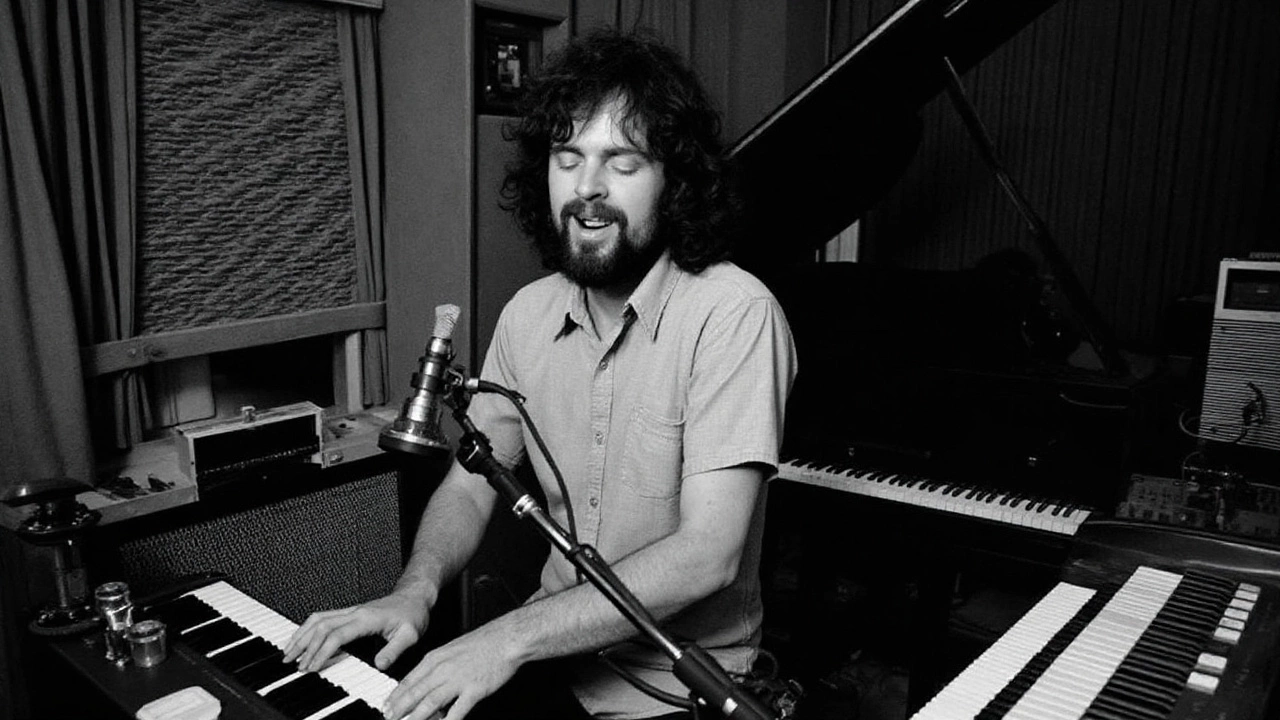
The architect of a singular sound
Why did those records stick? Start with the marriage of tone and touch. Davies made that Wurlitzer bark, then left just enough space for Helliwell’s sax to answer and for the rhythm section to pop. He favored tightly edited structures—verse, pre‑chorus, chorus—but he let bridges stretch and arrangements bloom. And he had a drummer’s sense of time; the pocket on Goodbye Stranger is as much attitude as tempo.
He also knew when to lean back. On The Logical Song, he lets the keyboard part pulse below Hodgson’s vocal until the horn stabs hit like a surprise. On Rudy, he turns a character sketch into a mini‑suite, shifting harmonies while the bass walks and the drums breathe. Even when the band flirted with longer forms, Davies made sure the hook landed.
His vocal presence—earthy, slightly sardonic—acted as counterweight to Hodgson’s ethereal high tenor. That tension gave Supertramp its split-screen personality. The group could open a show with a searching ballad, then slide into a tough, piano‑driven rocker without breaking the spell. For a band often tagged as “progressive,” they were sneakily economical: nothing wasted, nothing purely ornamental.
The songwriting split was real, and fans learned to hear it. Hodgson wrote Give a Little Bit and The Logical Song; Davies drove Goodbye Stranger and Bloody Well Right. Yet in the studio, everything ran through the band’s collective filter. Arrangements were a team sport, and the sound was built layer by layer, with Davies pushing for takes that felt live and human even when the parts were meticulously crafted.
After the 1979 peak, they stayed visible. Famous Last Words set the stage for the lineup change; the mid‑’80s albums kept the lights on and the audiences large. In the late ’90s, the revival surprised casual listeners who had filed Supertramp under “classic rock only.” New songs arrived, tours sold, and Davies showed he could still call up the swing that made those late‑’70s tracks bounce.
The catalog still works because the writing holds. Melodies carry the message, and the grooves are built to last. You can hear the fingerprints of Supertramp on later piano‑led pop and on rock bands that use sax as a voice, not just a color. And you can trace a line from Davies’ left-hand patterns to a generation of keyboardists who learned that rhythm lives in the keys as much as the kit.
For anyone revisiting the music today, here’s a quick map of the Davies lane:
- Goodbye Stranger — sly, propulsive, with a piano riff that feels like a wink and a warning.
- Bloody Well Right — blues snap, dry humor, and a chorus built to be shouted from cheap seats.
- Rudy — cinematic pacing; character sketch meets suite, anchored by piano and pulse.
- From Now On — reflective, rolling, quietly devastating as the harmony deepens.
- Another Man’s Woman — jam‑friendly live centerpiece; Davies’ piano leads and needles.
He didn’t chase celebrity. He chased feel. He kept the band’s standards high, and when health took the stage away, he found smaller rooms and kept playing. That was the throughline: if there was a keyboard and a rhythm section, he had something to say.
Fans will remember the voice and the keys, but also the way those songs live. They turn up in road‑trip playlists and in the background of family gatherings. They sound like late‑night drives and school mornings and the first time you heard a saxophone solo mean something. That’s the mark of a writer and bandleader who knew how to get out of his own way and let the tune carry the day.
Supertramp’s statement called his imprint “indelible,” and the catalog proves it. Great songs don’t retire. They stay in the air, changing listeners one commute, one kitchen dance, one headphone walk at a time. Davies leaves behind his wife, Sue, a worldwide community of fans, and a body of work that keeps doing the job it was built for: moving people.
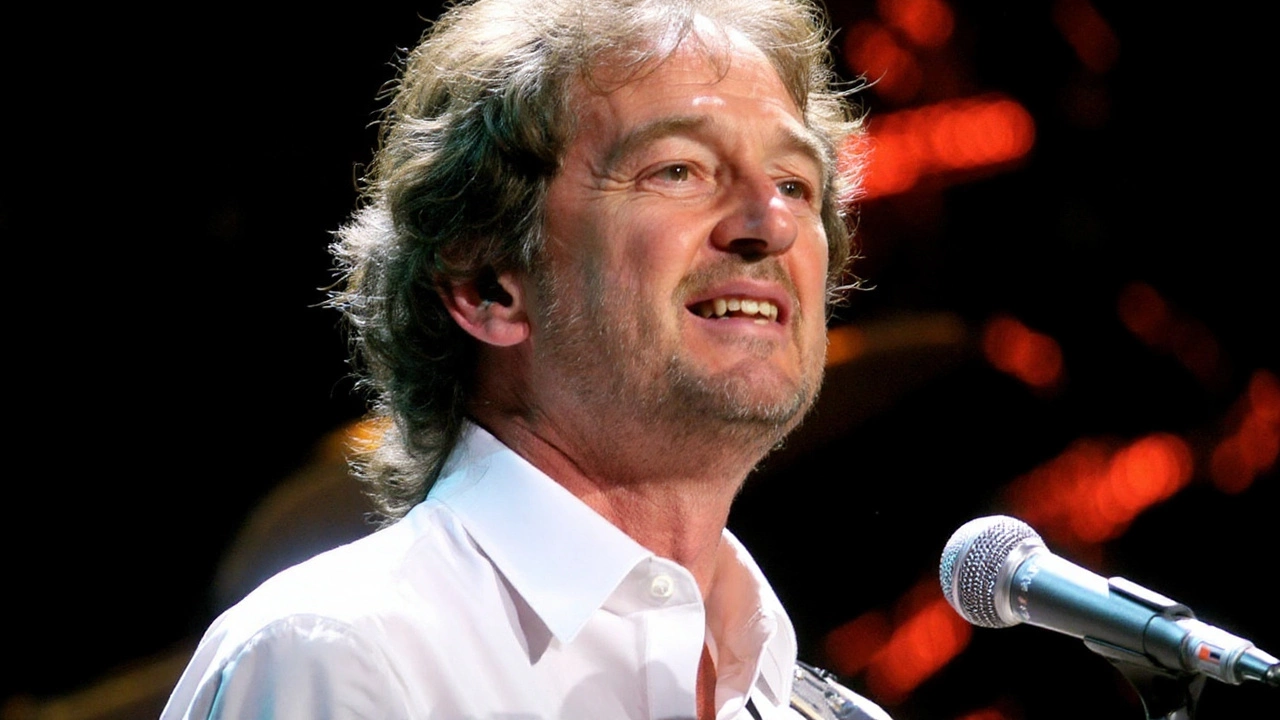

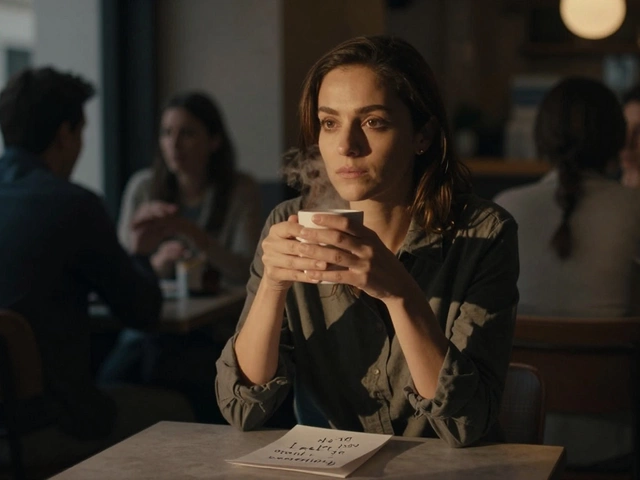
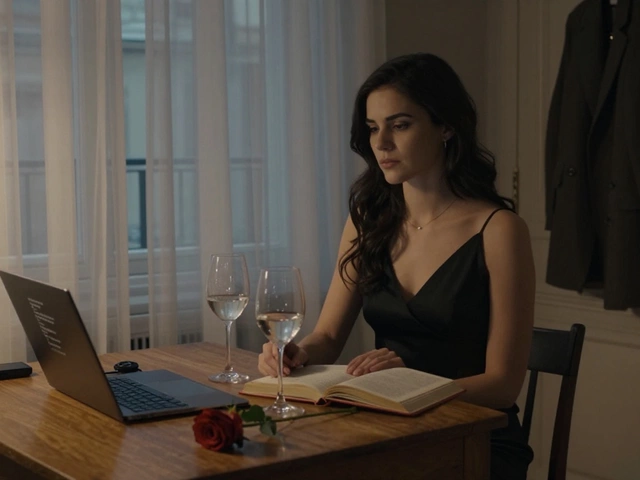

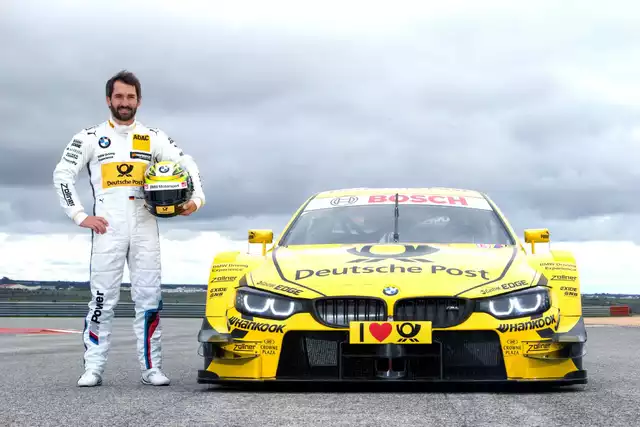



Write a comment